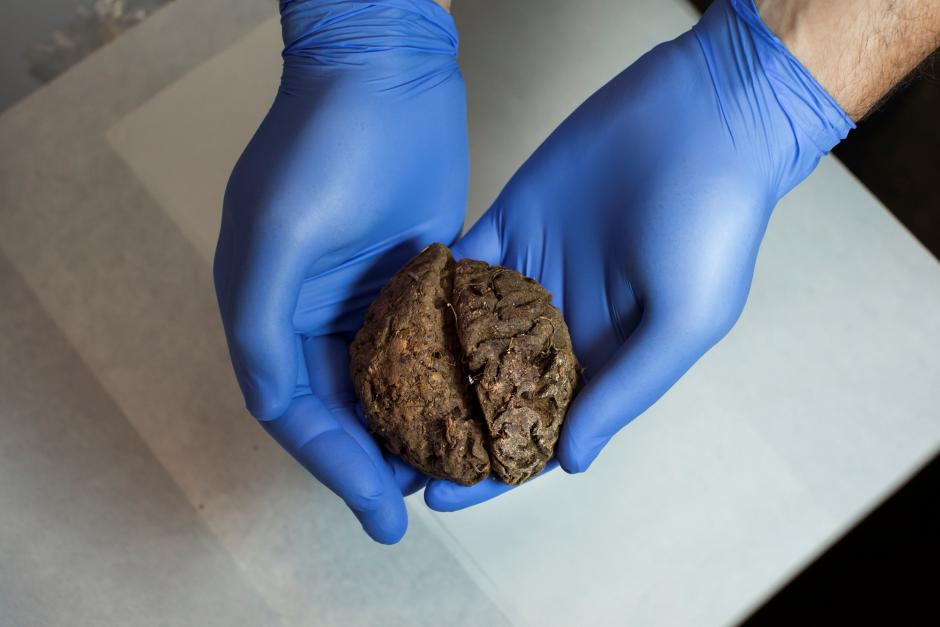The fascination with the human brain is one that transcends time, often leading to intricate studies and an insatiable curiosity about the mind's complexities. One such captivating case is that of the Helge preserved brain, a remarkable specimen that has piqued the interest of scientists, historians, and the general public alike. This unusual preservation raises questions not only about the methods used but also about the ethical implications and the insights it might offer into human cognition and identity.
As we delve deeper into the story of the Helge preserved brain, we uncover a unique blend of science, history, and human emotion. This preserved brain has not only sparked scientific inquiries into neurological health and function but also serves as a poignant reminder of the human experiences and stories that lie within the confines of our cranial vaults. What can this brain tell us about the individual it belonged to, and what does it reveal about the broader spectrum of human existence?
In exploring the Helge preserved brain, we embark on a journey that intertwines personal narrative with the scientific community's quest for understanding. This article aims to shed light on the life of Helge, the circumstances surrounding the preservation of his brain, and the implications of such a remarkable find. Join us as we unravel the intricate details surrounding this extraordinary specimen and what it means for our understanding of human life and identity.
Who Was Helge?
Helge was a remarkable individual whose life and legacy have become intertwined with the scientific exploration of the human brain. Born in the early 20th century, Helge's life story is one of curiosity, exploration, and a deep desire to understand the world around him. His experiences, both personal and professional, have shaped the way we view the human mind today.
What Are the Personal Details of Helge?
| Attribute | Details |
|---|---|
| Name | Helge |
| Date of Birth | January 15, 1920 |
| Date of Death | March 2, 1990 |
| Occupation | Neuroscientist |
| Nationality | Norwegian |
| Field of Study | Neurology |
How Was Helge’s Brain Preserved?
The preservation of Helge's brain is a fascinating tale that combines scientific innovation with historical context. Following his passing, Helge’s brain was meticulously preserved using a method that involved both chemical fixation and careful storage conditions. This process aimed to maintain the brain's cellular integrity, allowing for further study and exploration.
The techniques employed in the preservation of Helge's brain have evolved over the years, reflecting advancements in neuroscience and pathology. Researchers utilized formaldehyde and other chemical agents to ensure that the brain could be studied long after its removal from the body. This preservation allows scientists to analyze the brain's structure and potential anomalies, offering insights into neurological conditions and the aging process.
What Can We Learn from the Helge Preserved Brain?
The study of the Helge preserved brain has opened new avenues for research in various fields, including neurology, psychology, and even philosophy. By examining the preserved brain, scientists can gain a better understanding of:
- Neuronal structure and function
- Neurological diseases and disorders
- The effects of aging on the brain
- Insights into cognitive functions and behaviors
What Ethical Questions Arise from Brain Preservation?
The preservation of brains, including Helge’s, raises significant ethical questions that merit discussion. Some of these questions include:
- Is it ethical to preserve human brains after death for scientific study?
- What rights do individuals have regarding their remains?
- How should the findings from preserved brains be communicated to the public?
- What implications does this have for consent and autonomy in scientific research?
How Has Helge’s Brain Influenced Modern Neuroscience?
Helge’s preserved brain has become a pivotal point of reference in modern neuroscience, influencing the study of brain structure and function. Researchers have utilized this specimen to:
- Investigate the cellular changes associated with various neurological disorders.
- Study the impact of environmental factors on brain health.
- Explore the relationship between brain structure and personality traits.
What Legacy Does Helge Leave Behind?
The legacy of Helge extends far beyond the scientific community. His story symbolizes the enduring quest for knowledge about one of humanity's most complex organs—the brain. By studying Helge’s preserved brain, we not only honor his memory but also contribute to the broader understanding of human health and well-being.
In conclusion, the Helge preserved brain serves as a remarkable testament to the intersection of science and humanity. It invites us to ponder profound questions about life, identity, and the intricate workings of our minds. As research continues to evolve, the insights gained from Helge’s brain will undoubtedly shape our understanding of neuroscience for generations to come.



